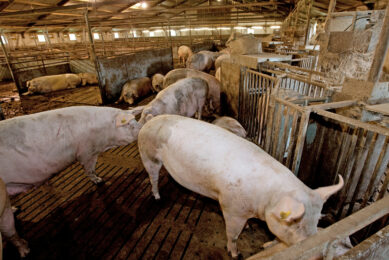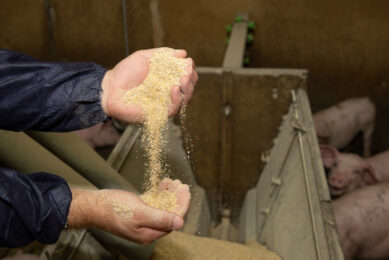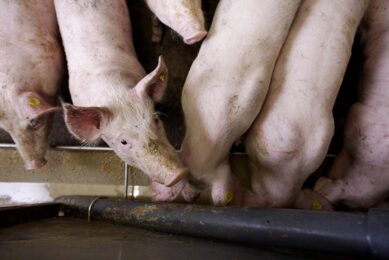IFIP acquires new tools for France’s pork and pig research
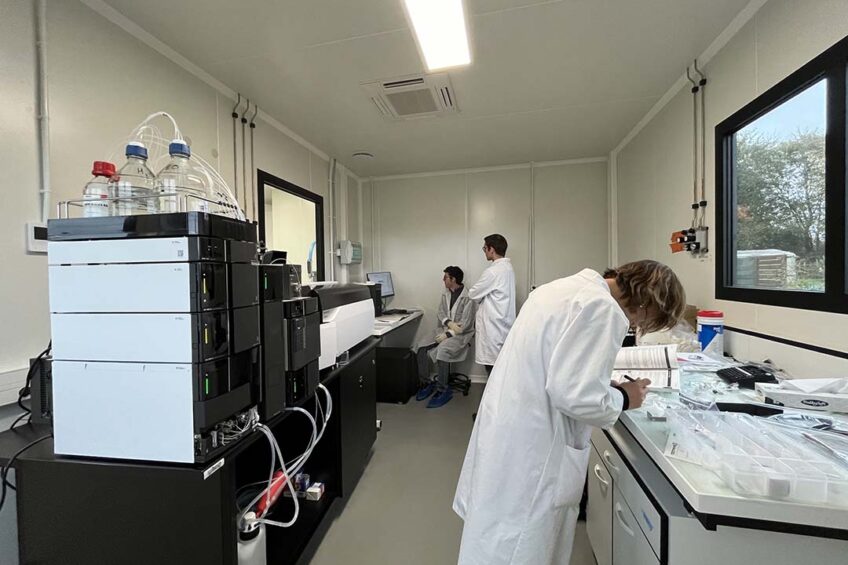
Equipment that can assess skatole and androstenone levels? Tools that can provide detailed info about every ham? In France, it is possible. In December 2023, the French Pork and Pig Institute (IFIP) acquired state-of-the-art research tools in its newly opened International Centre for Research and Innovation (CIRI), in Romillé, at 20 km from Rennes.
The new CIRI was opened during a ceremony on 7 December 2023. As from that moment, all research into meat and processed meat is conducted atthe same site in Romillé. There, sows, growers and finishers are also kept for IFIP’s research purposes. IFIP’s Meat and Processed Meats Department coordinates the CIRI. The department conducts studies and services to meet the demands by the meat and processing industry. These, for example, include R&D in microbiology, technology, packaging material and shelf life.
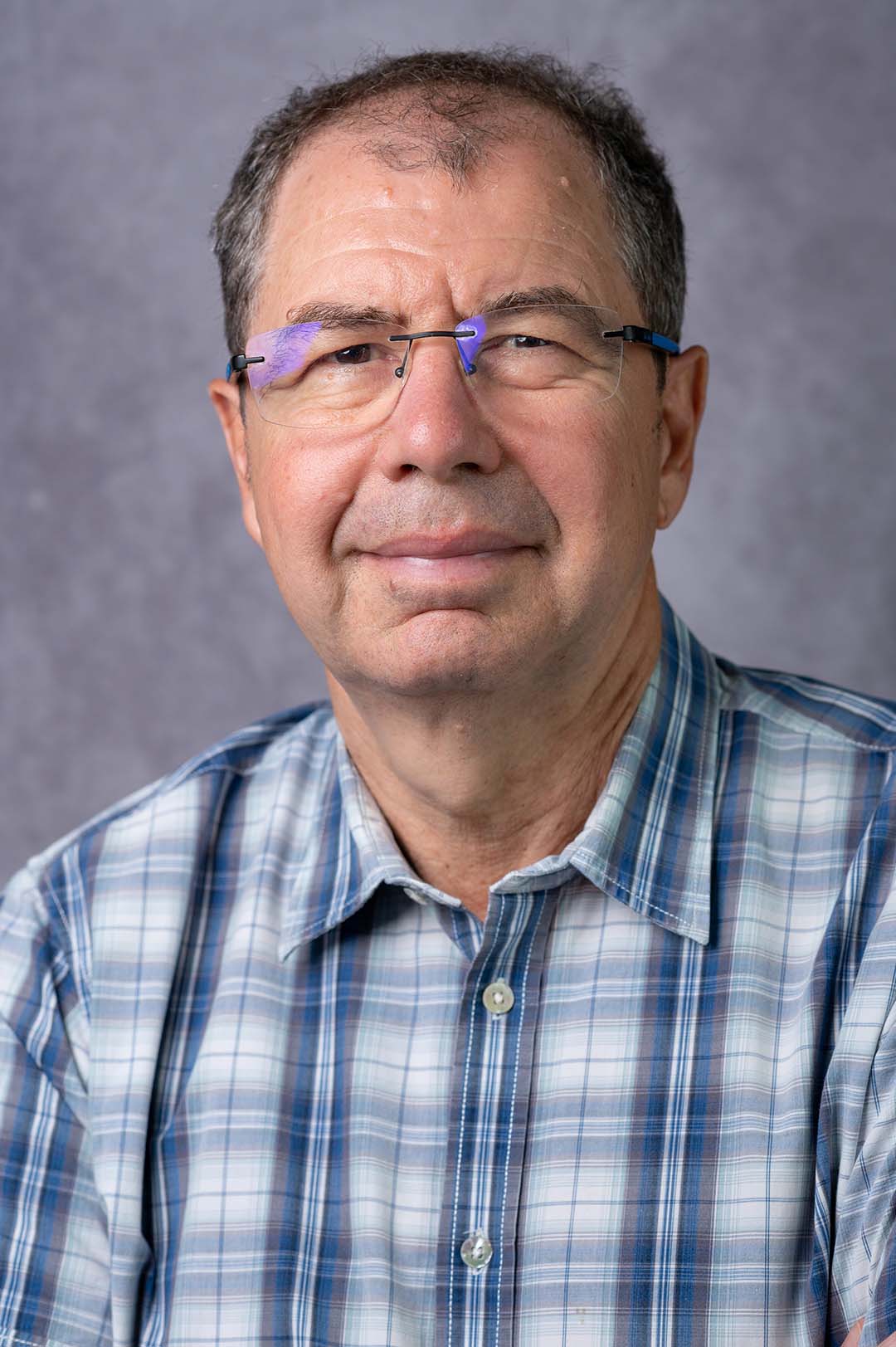
New meat and processed meat platform
Head of the department is Gilles Nassy. He says, “The main goal for IFIP was to gather its experimental tools in the same place and demonstrate the advantage to link pig rearing and pork industry. Since 2005, the IFIP meat and processed meats labs had been based in Maisons-Alfort, close to Paris. For us and our customers, it was not so convenient to travel from the breeding station in Romillé to Paris. From June 2022 to September 2023, IFIP therefore invested around € 2.5 million, plus an additional € 500,000 for the equipment, to launch its new meat and processed meat platform at the same location as the existing Romillé research station.”
Image of the IFIP
Nassy says that CIRI strengthens the image of the IFIP as an institute working for the French pig and pork industry. He explains, “As far as we know, CIRI is an organisation that is unique to Europe and perhaps to the world, gathering all experimental tools under the one roof, from genetics to meat quality. This highlights the importance for IFIP to use research experiments to demonstrate theorical hypotheses and to validate models.”
Significant and innovative additions
Amongst the major new investments, Nassy takes particular pride in the mass spectrometer. He explains, “This brings new possibilities to IFIP to measure skatole and androstenone molecules in the fat and meat products of uncastrated male carcasses, which are becoming more commonplace in Europe. With this new spectrometer, IFIP can provide a reference method to help slaughterhouses calibrate their sniffing techniques (human nose at the slaughter lines). This equipment will help to set up the limit values for the main processed products.”
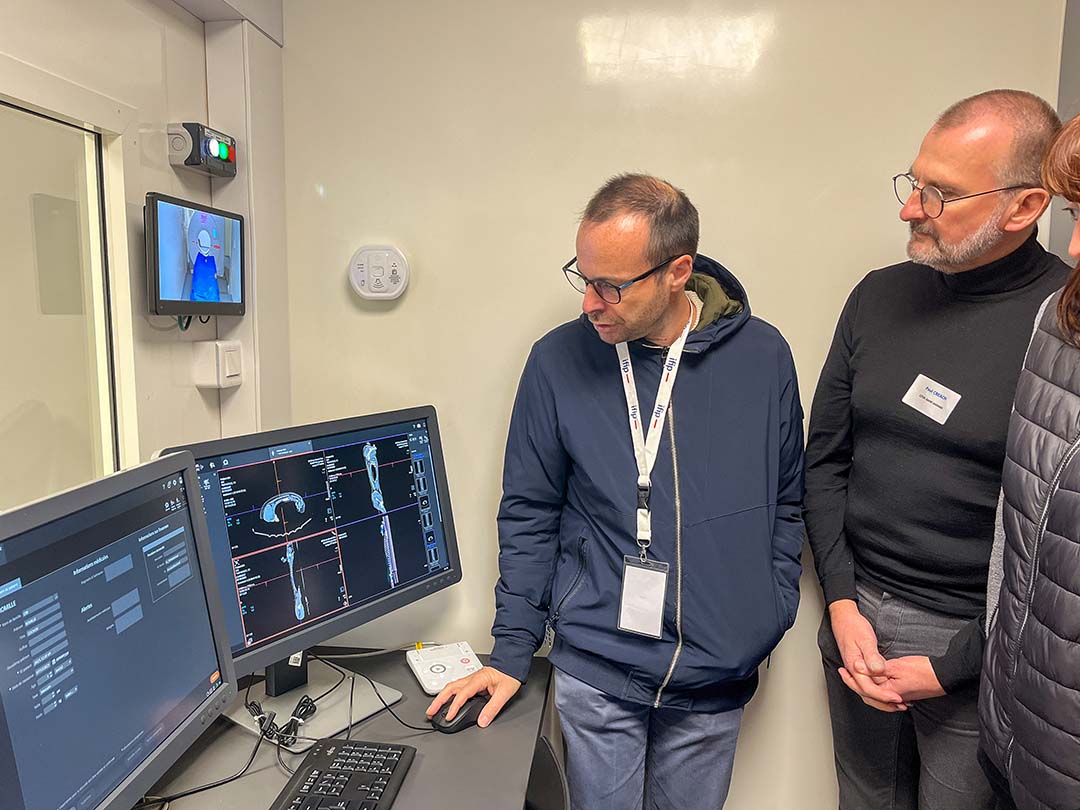
In addition, Nassy also would like to draw attention to the mobile X-ray scanner as key equipment. He says, “It has many technological applications, such as 3D images (to measure lean meat and fat percentage of carcasses and cuts). In addition, it can carry out non-destructive measurements in a large number of cases; think of calibrating a ham salting process or carrying out measurements in live animals (growth, muscle implantation, fat and bone tissue).”
Research themes
CIRI’s clients — and therefore research themes — cover many different backgrounds. Nassy says, “We have a 5-year contract with the French ministry of agriculture to manage studies on various topics, such as the environment, welfare and testing of new rearing equipment in our experimental unit of 200 sows. We also manage collective research for the pig industry on topics linked to meat quality, microbiology, environment and technology. We also work for private companies in France, Italy, Belgium and Norway, such as slaughterhouses, meat processors and their suppliers.”
There is special attention for ham, a flagship product in France, as phosphate-free hams are considered a superior product. Research to so-called “nitrosamines” will become far easier to organise, Nassy explains. Nitrosamines are organic compounds that can occur in processed meat products — scientific studies suggest there might be an association between nitrosamines and cancer in humans. Nassy says, “Thanks to our spectrometer, we can investigate nitrosamines together with France’s National Research Institute for Agriculture, Food and Environment (INRAE). This is necessary because the European Food Safety Authority (EFSA) has recently published an opinion on nitrosamine risk in meat products. Currently, we are working on a study with INRAE, identifying antinitrosant plant extracts (preventing the formation of nitrosamines during cooking).”




